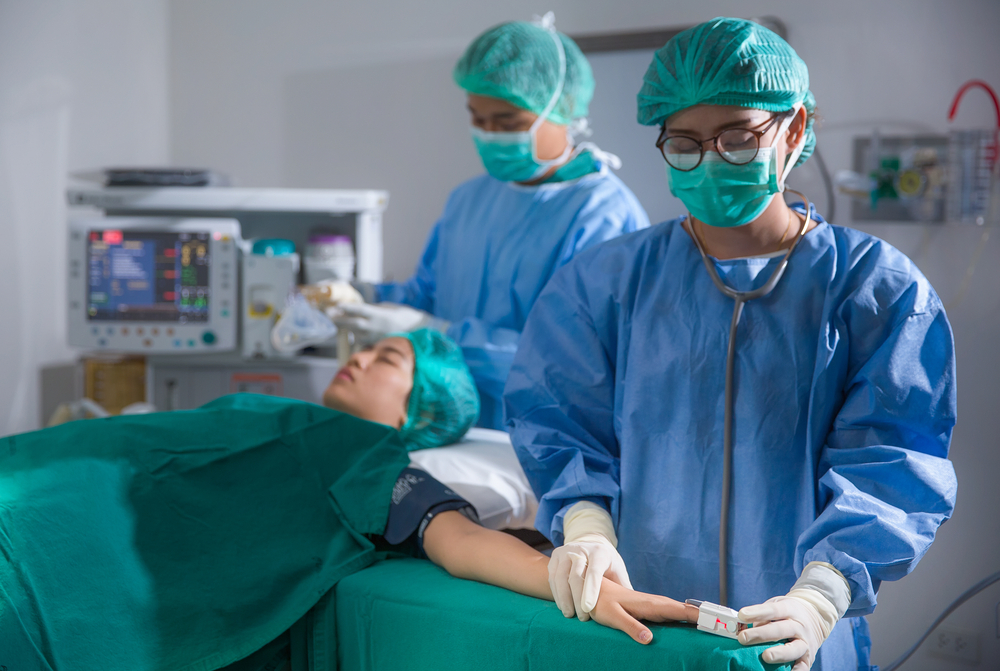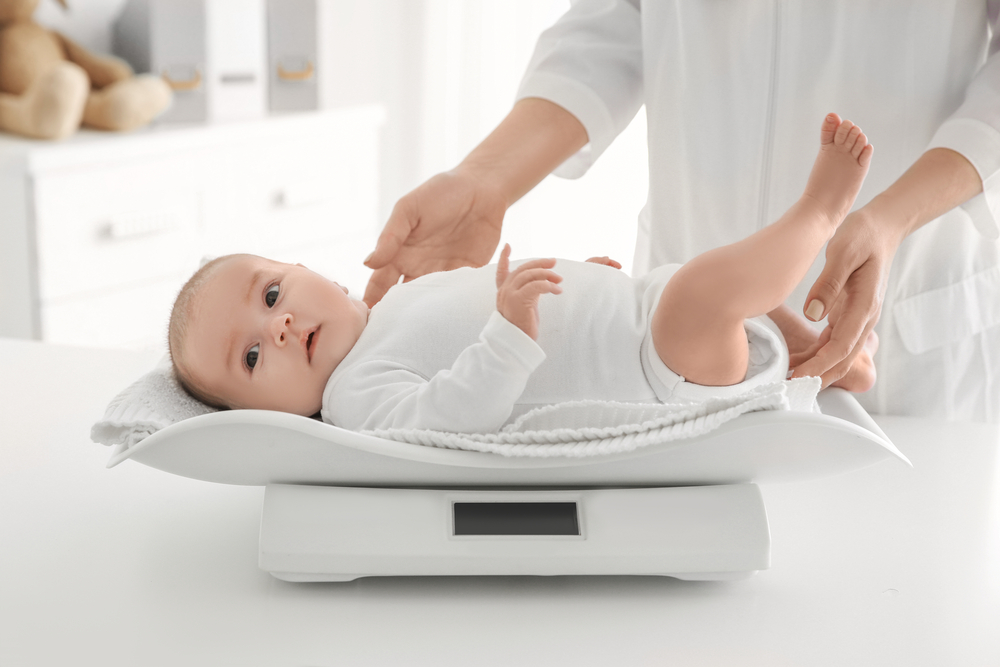Contents:
- Medical Video: Laparoscopic Ventral Hernia
- What are the umbilical and paraumbilical hernias?
- What should I know before undergoing surgery?
Medical Video: Laparoscopic Ventral Hernia
Definition
What are the umbilical and paraumbilical hernias?
Naturally, the umbilical hernia arises from birth when the tuber canal fails to close. The pressure of the organs in the stomach in the muscles of the weak abdominal wall will produce a lump called a hernia. Hernias should not be considered trivial because they can cause disruption of the organs in the stomach such as the intestine and hampered blood supply due to strangulated hernias.
What are the benefits of hernia repair surgery?
Hernias must be treated immediately. Surgery can be a solution to prevent serious complications that can be caused by this disease.
Prevention & warning
What should I know before undergoing surgery?
Umbilical hernias in children under 4 years of age will tend to close spontaneously (self-healing). However, for adults and children over 4 years old, the hernia must be treated by surgery.
Process
What should I do before undergoing umbilical and paraumbilical hernia repair surgery?
At the stage of surgery preparation, make sure you tell the doctor about your health condition, the medicines that are being consumed, as well as all kinds of allergies you have. The anesthetist will explain the anesthesia procedure and give further instructions. In general, you are required to fast for six hours before the surgery is carried out. However, you may be allowed to consume drinks like coffee a few hours before the surgery.
What is the surgical process for repairing the umbilical and paraumbilical hernias?
Surgery to treat a hernia is carried out under general anesthesia. The surgical process usually takes about 30 minutes. The surgeon will make a small incision around the navel area and the contents of the 'hernia bag' are repositioned back into the abdominal cavity. The weak points on the muscular wall will be closed by several layers of strong sutures or synthetic fibers and initial incisions will be closed again.
What should be done after undergoing umbilical and paraumbilical hernia repair surgery?
On the same day, you can go home after the surgery is finished. You can go back to work and move after two to four weeks, depending on your level of operation and type of work. Regular exercise is also proven to speed up the healing process. But before deciding to exercise, you should ask for a doctor's advice.
Complications
What complications can occur?
Every operating procedure must have its own risks. The surgeon will explain all types of risks that may occur after surgery. Common complications that can occur after surgery include the effects of post-unexpected anesthesia, excessive bleeding, or the spread of blood clots (deep vein thrombosis or DVT).
For this hernia surgery, complications that can occur are:
● lumps under the surgical wound
● injury to the structure in the stomach
● removal of the umbilicus / navel
You can reduce the risk of complications by following the doctor's directions before surgery, such as fasting and stopping taking certain drugs.
Hello Health Group does not provide medical advice, diagnosis or treatment.











